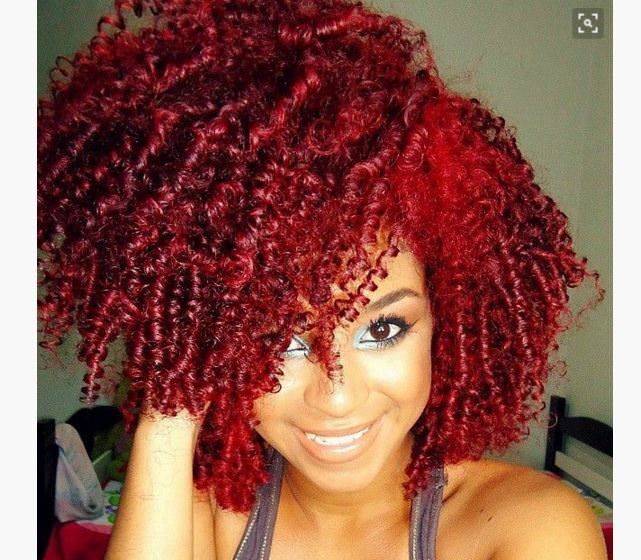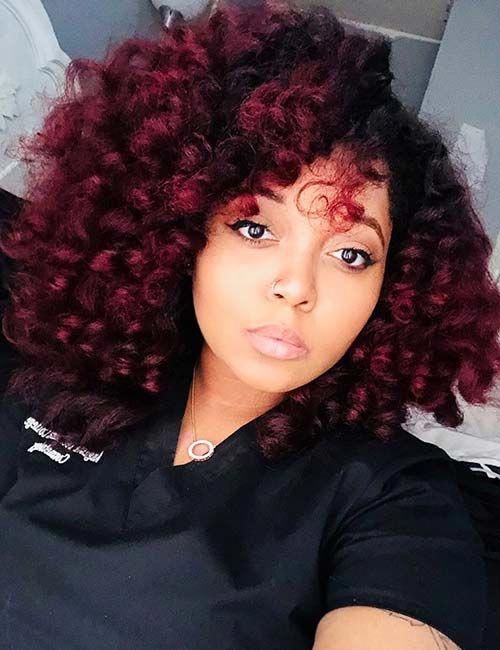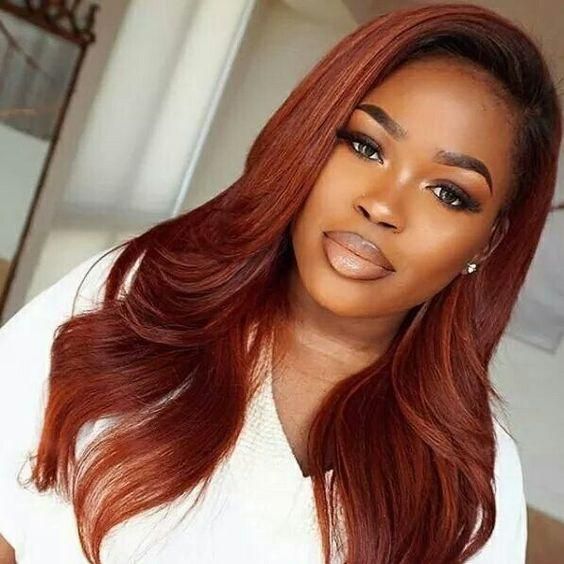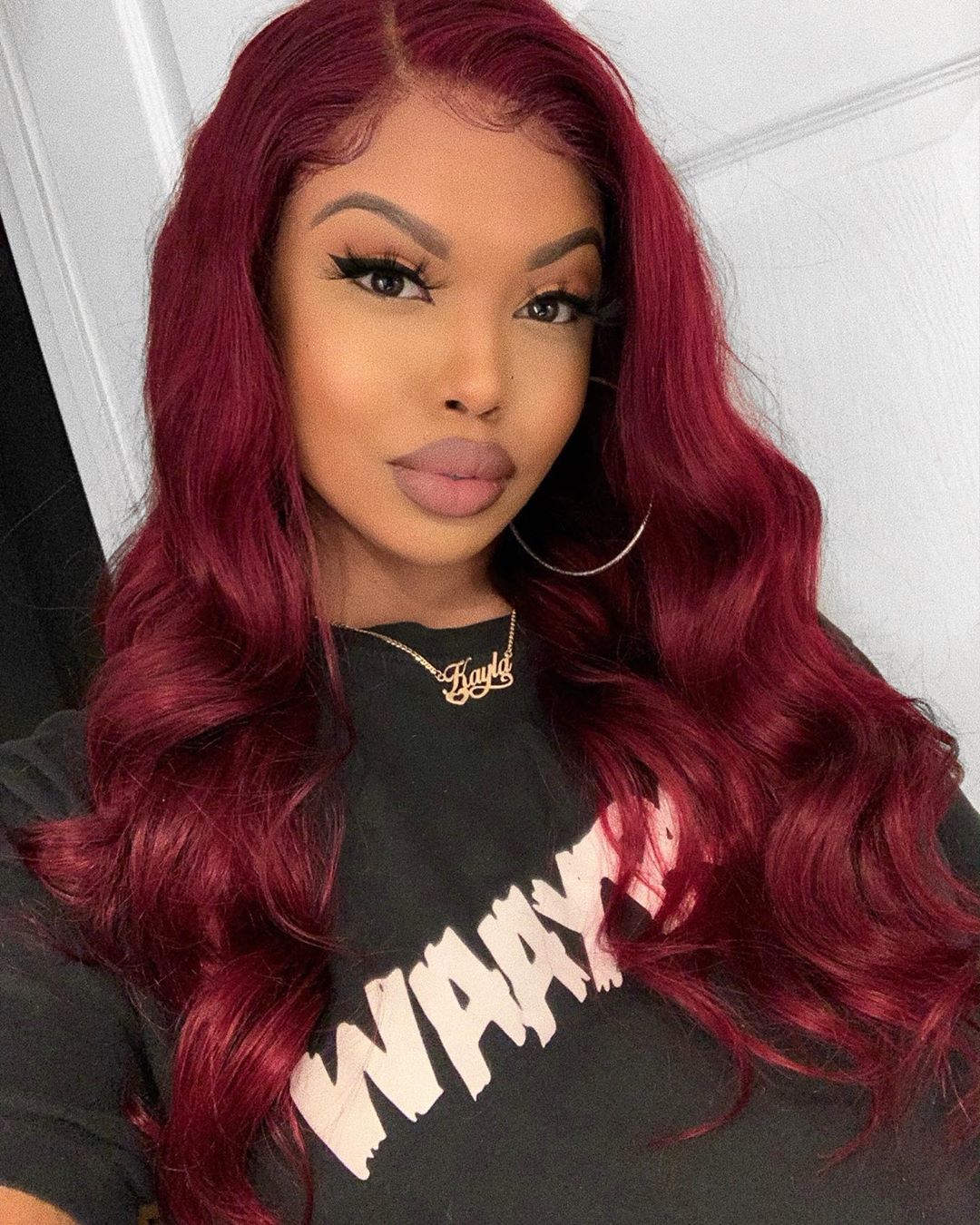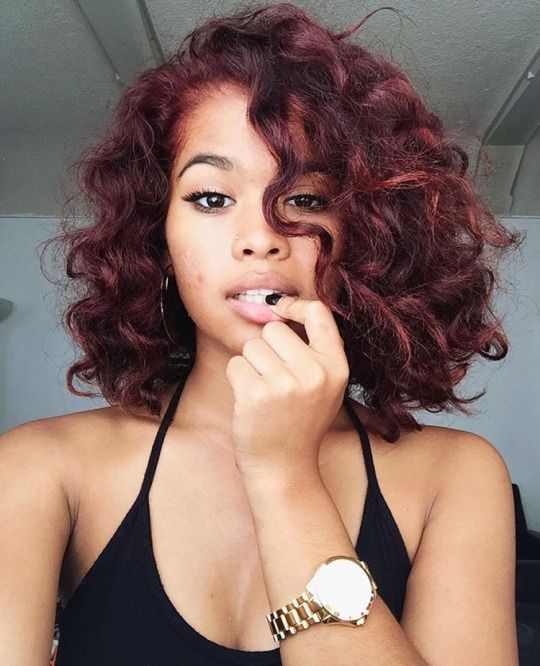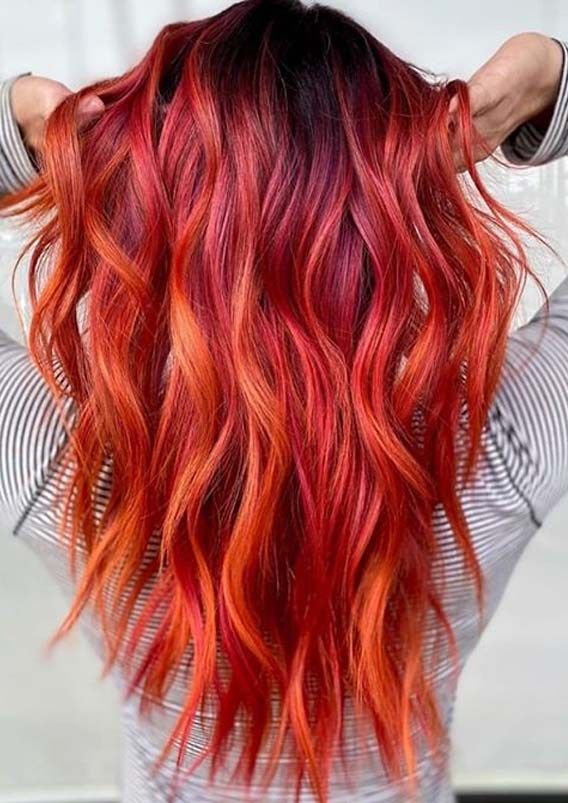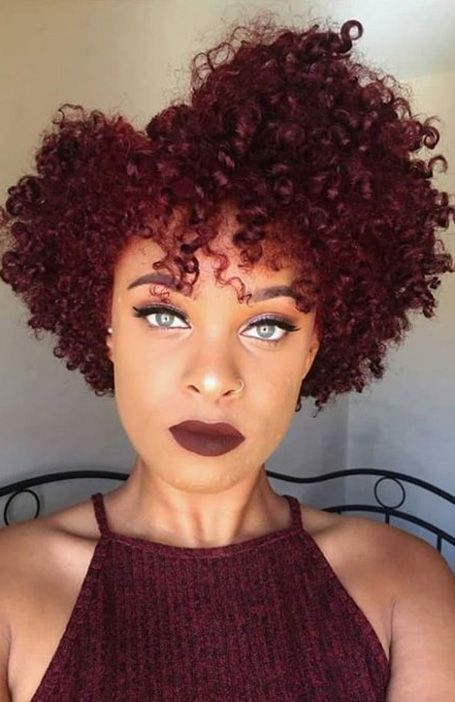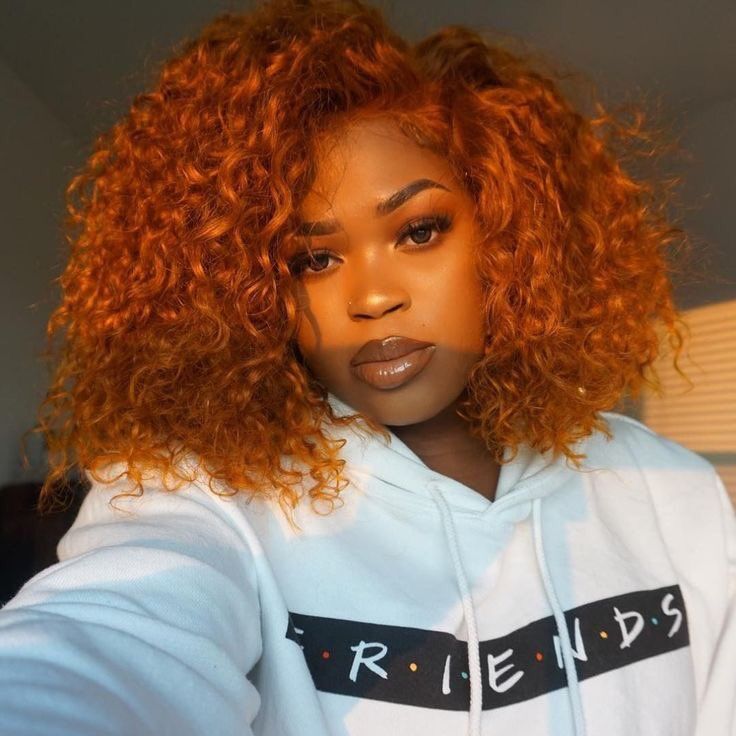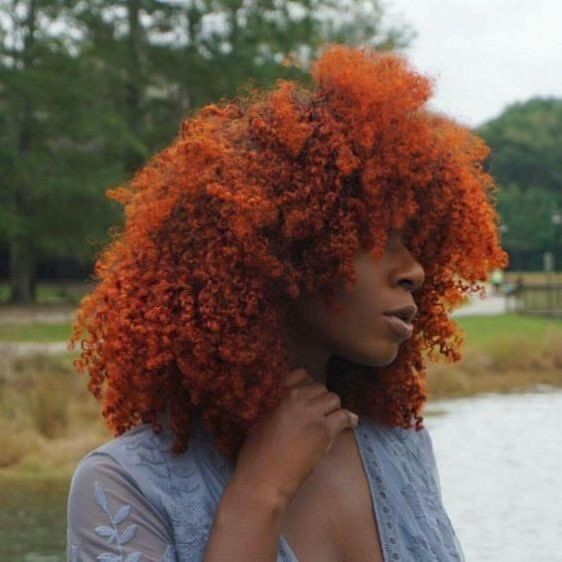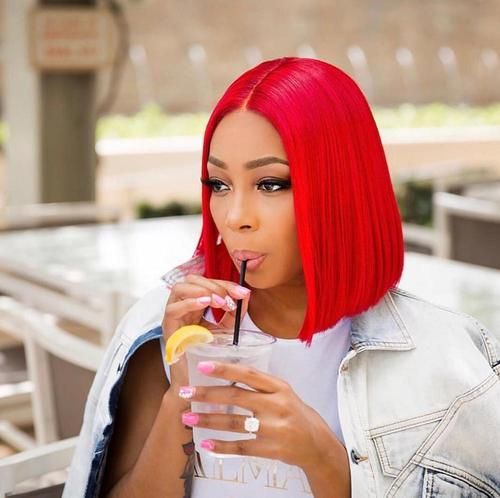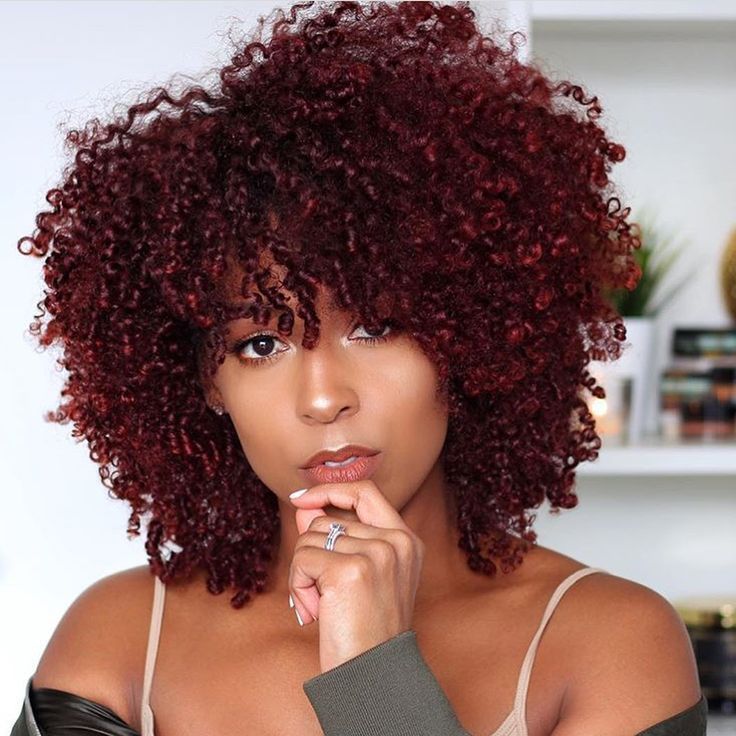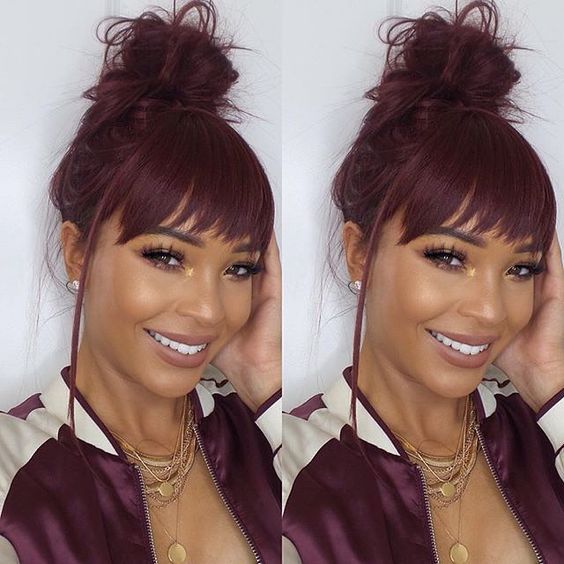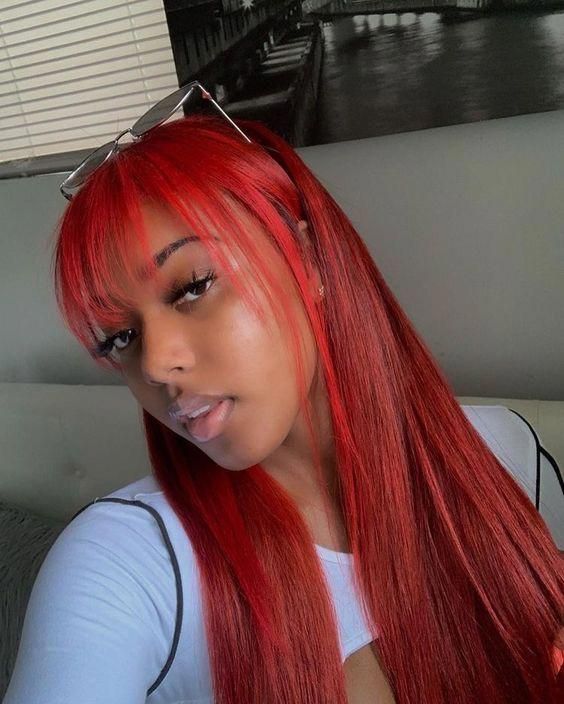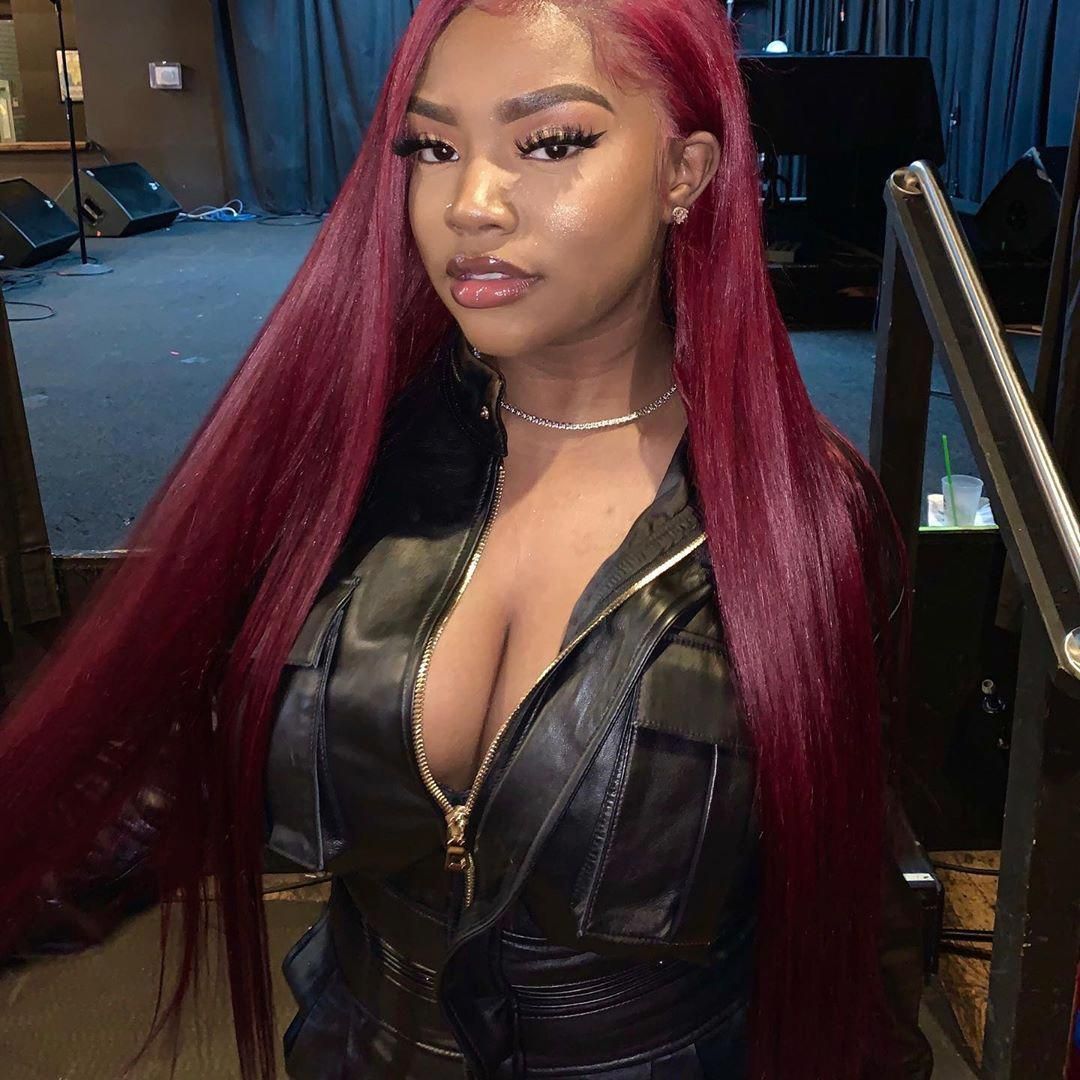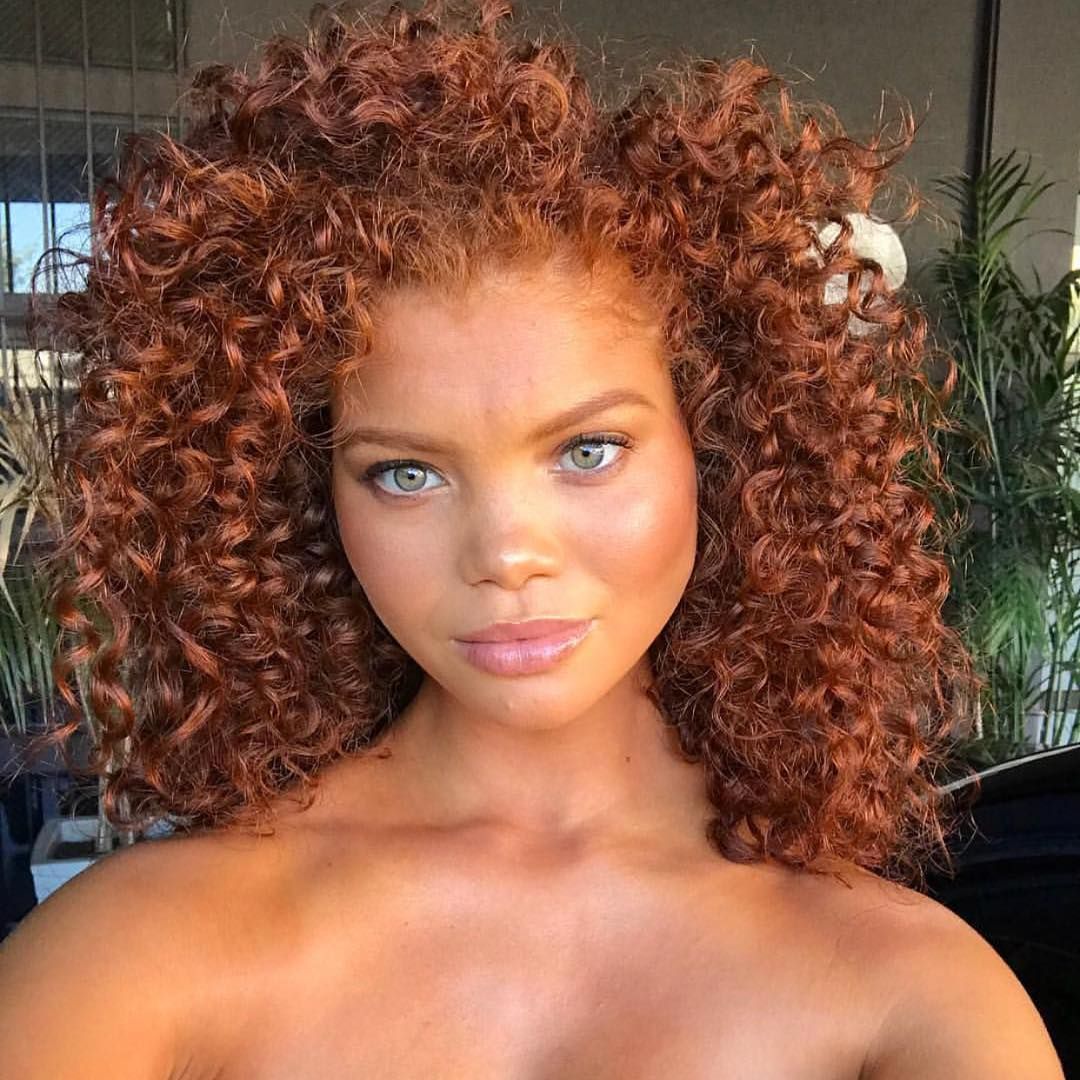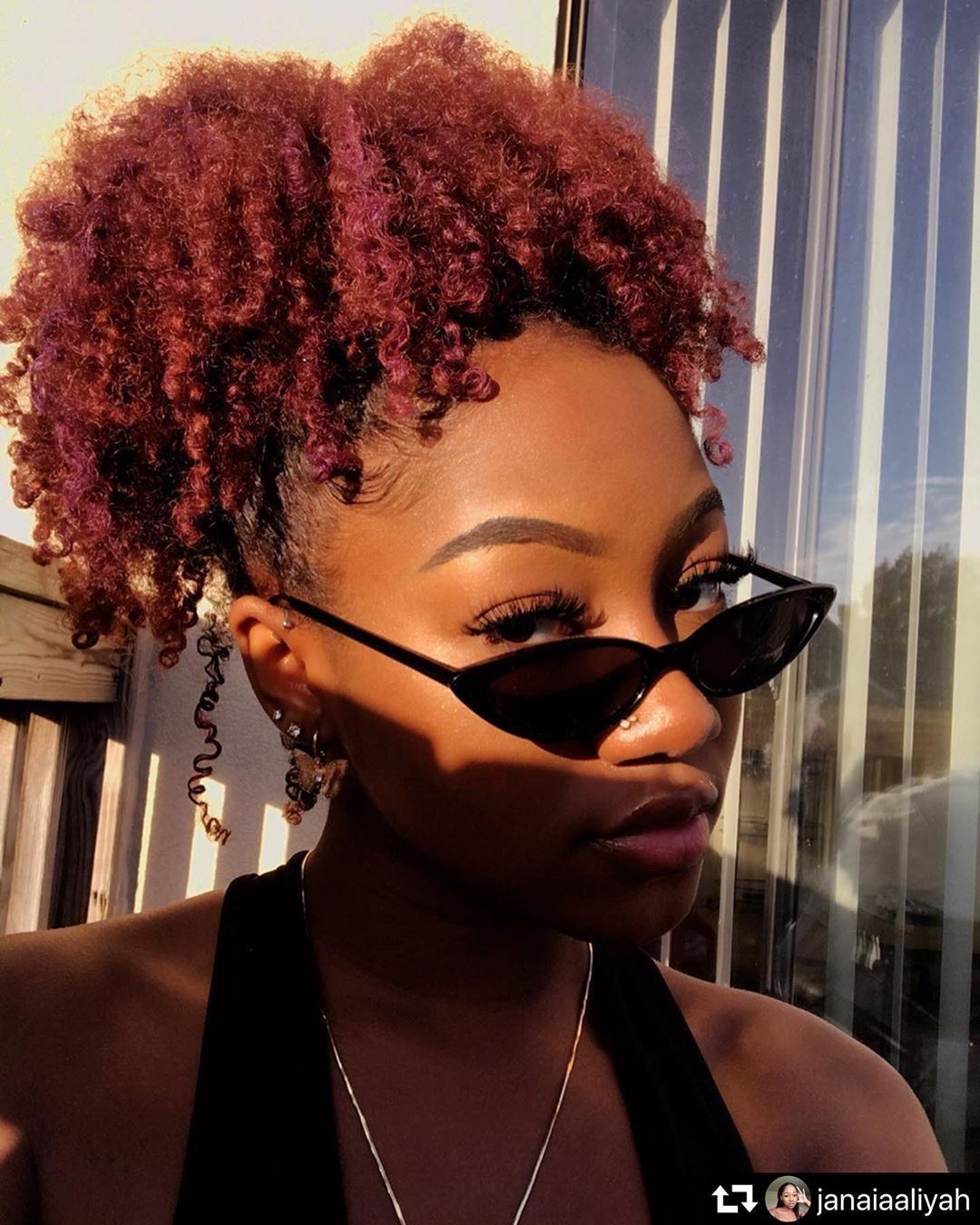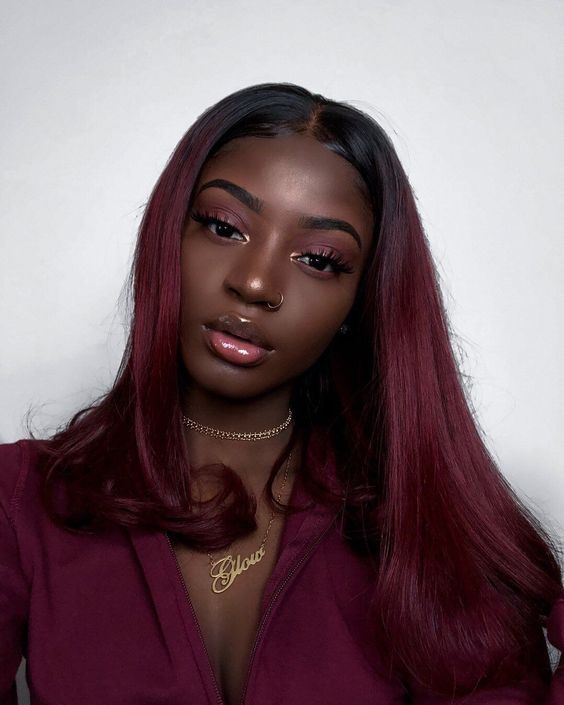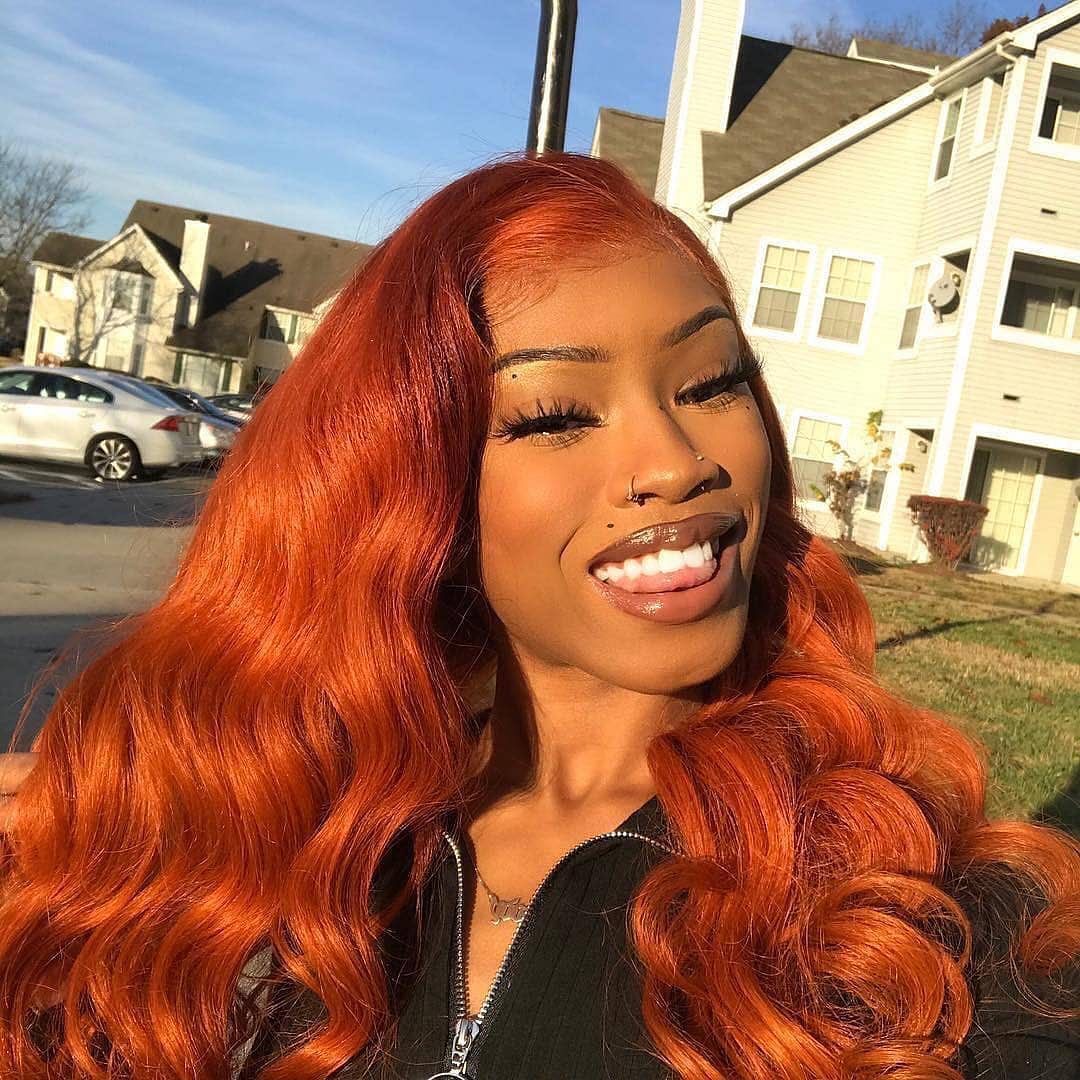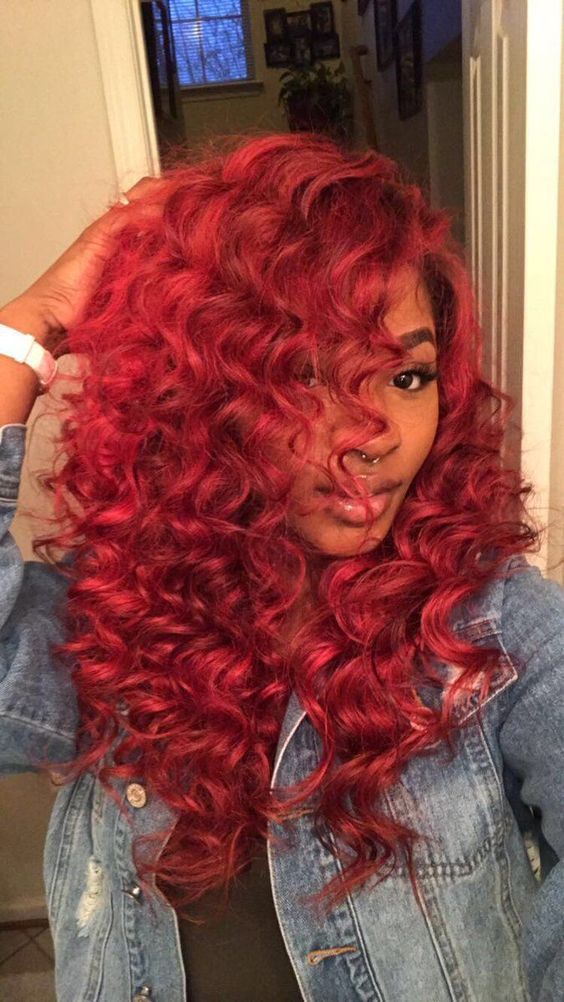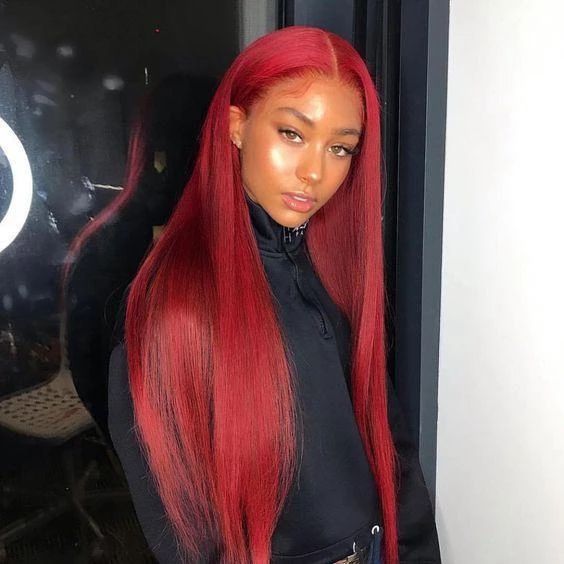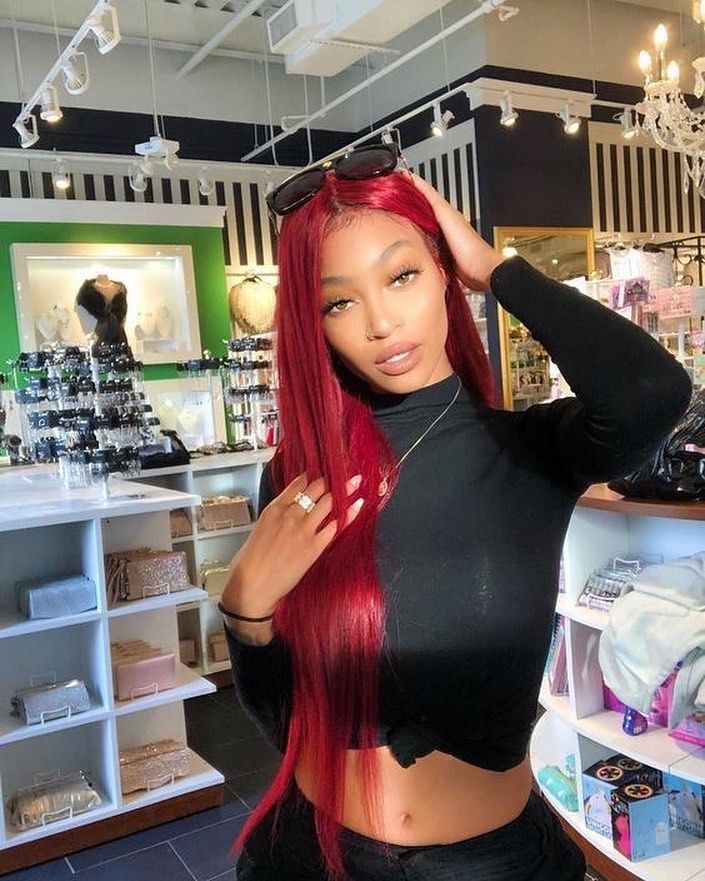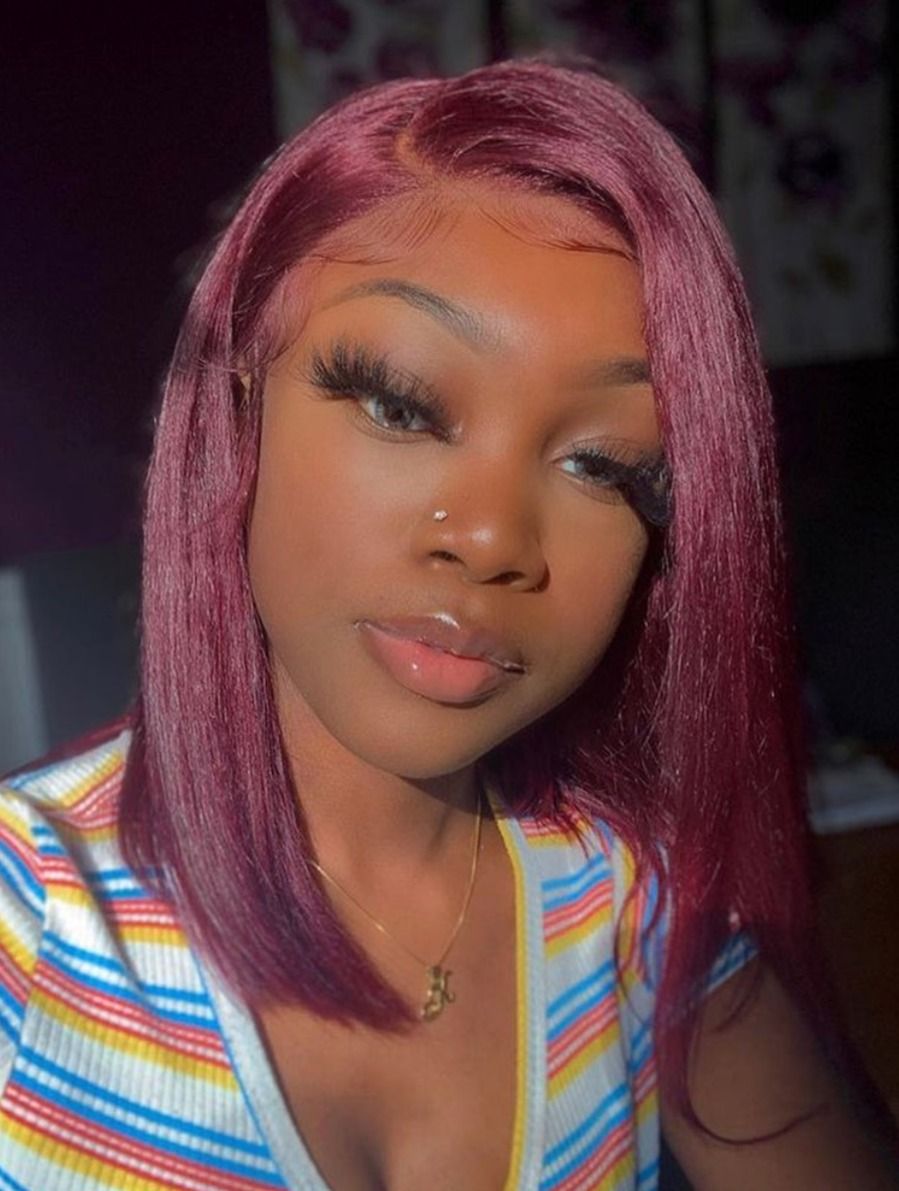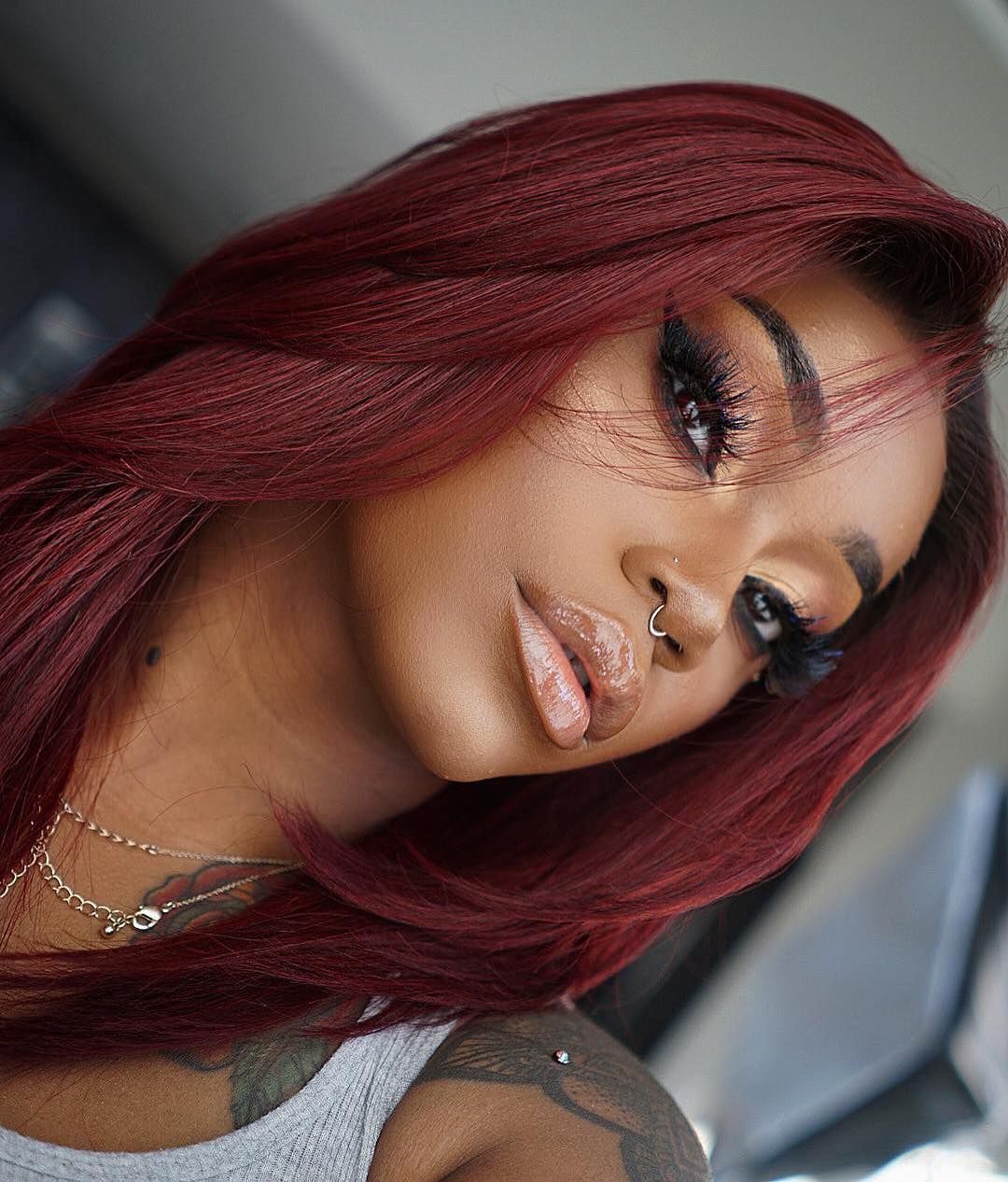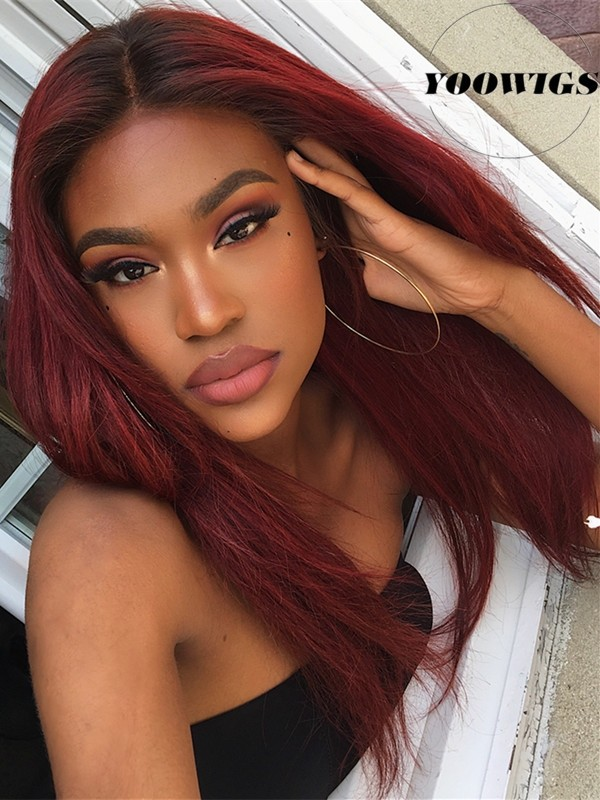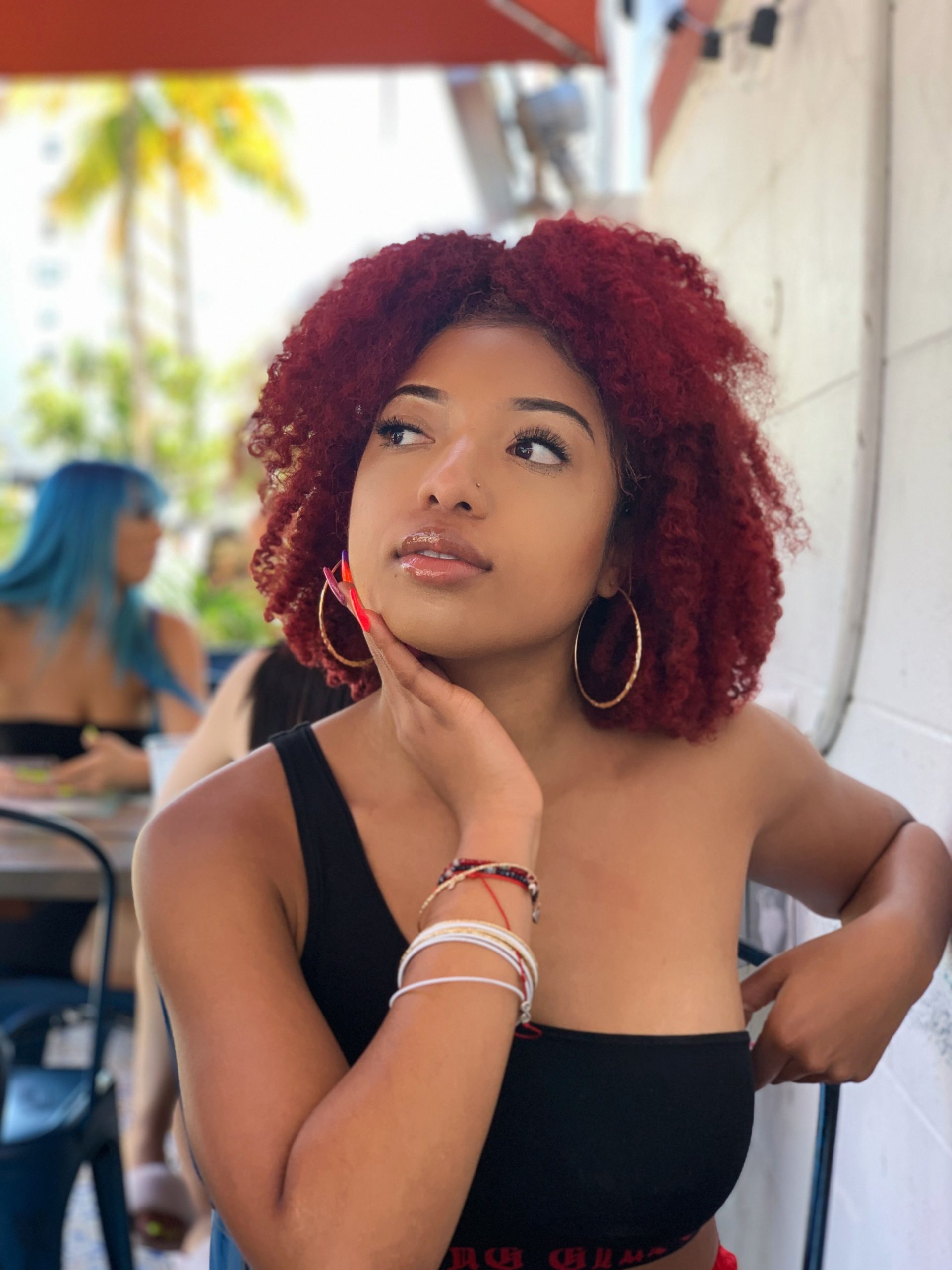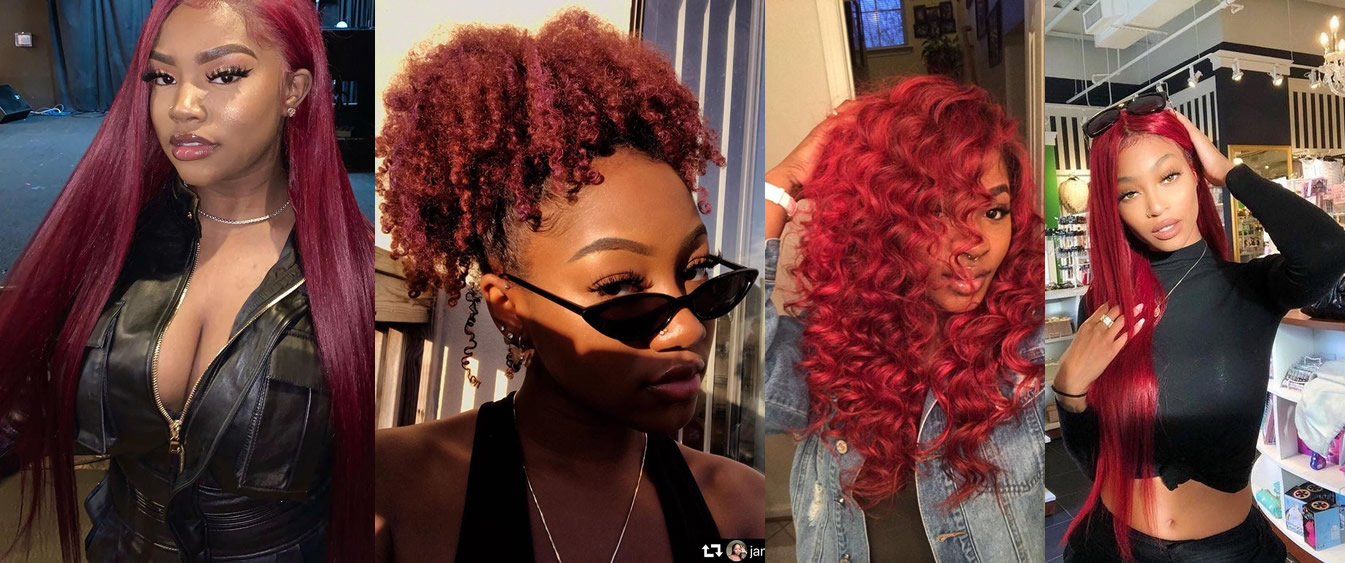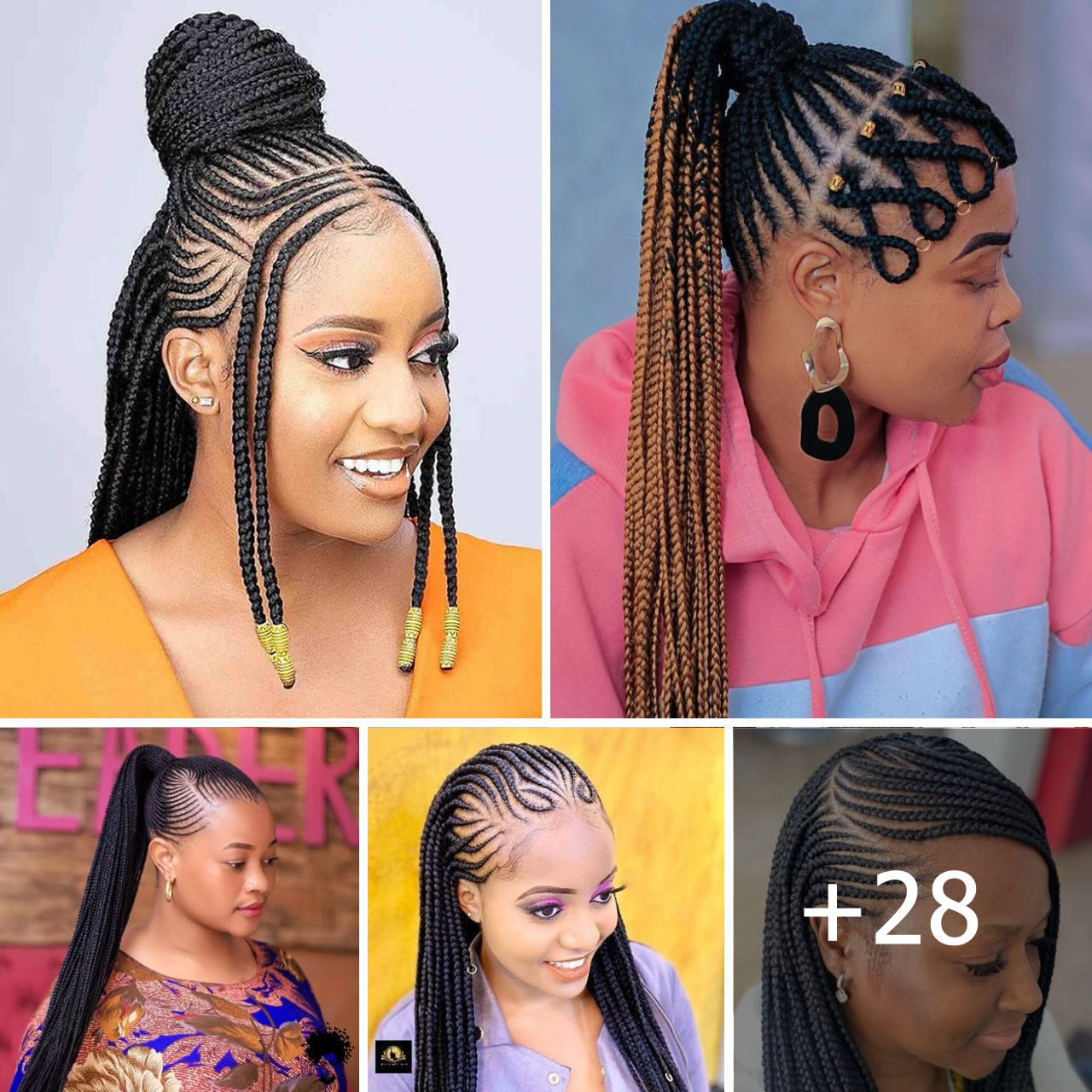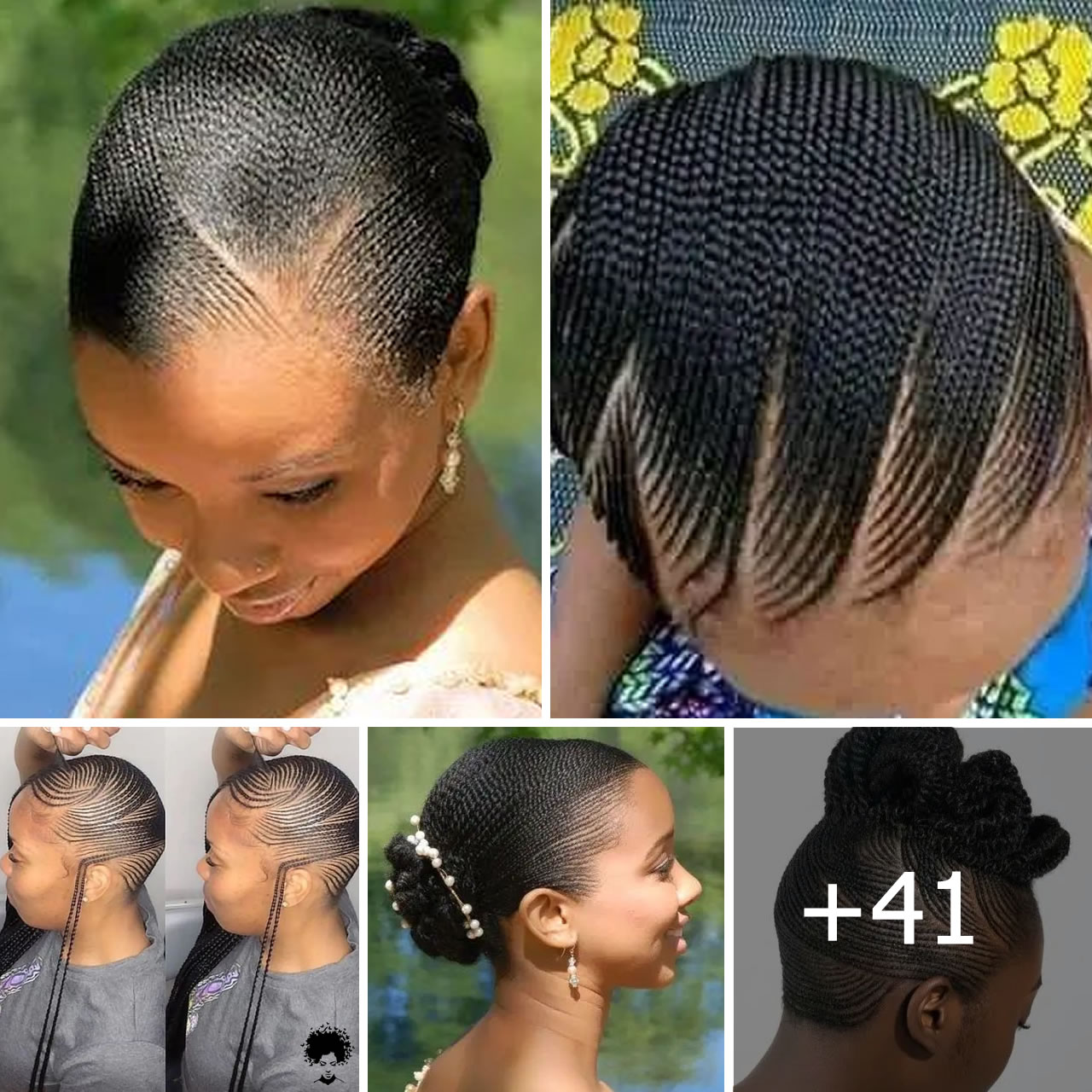Only in time for fall, red hair shades are coming back to life! The fiery shades of red hair are thrilling, while the more subdued red hair shades beautifully mimic the dropping leaves. From electric oranges to deep aubergines, the trend in red hair color comes in all kinds of shapes.
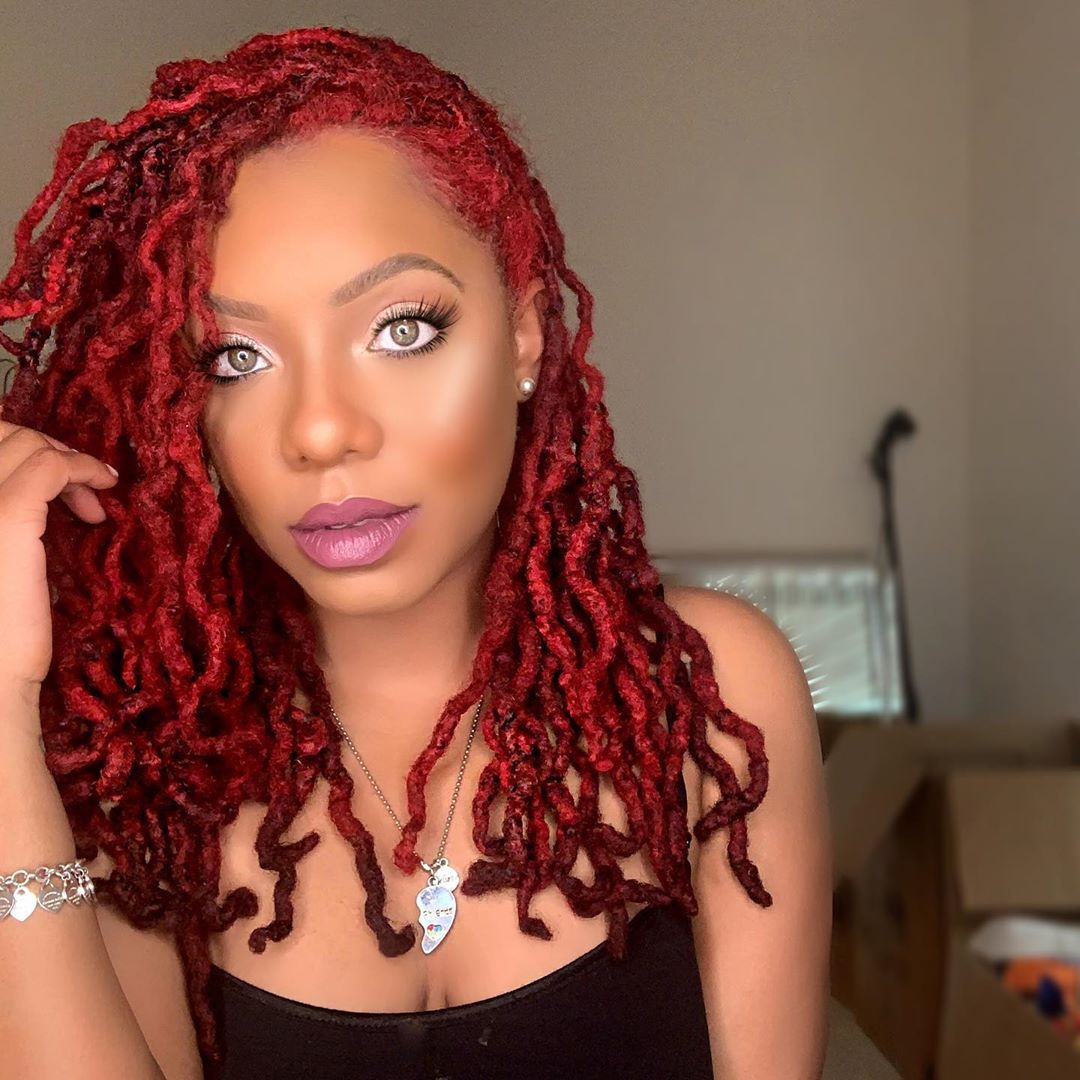
I think every hair dye enthusiast should try the red hair color at least once, just to see how it feels. Who knows this? You can find yourself falling in love with this extraordinary choice of hair color.
In this post, I ‘m going through an interesting history of red hair, and I’m also going to send you a detailed red hair color dictionary that describes all the various shades of red hair. I’m going to help you pick the right shade of red hair for your skin color, and then I’m going to help you line up with your makeup and clothes.
If you’re a DIY guy, I’m going to clarify how to get the perfect red hair color at home, and no matter where you go, I’m going to show you all the advice to keep red hair dye. I’ve got some inspiration coming your way to top it off with 30 beautiful red hair color tips for you to try.

Origin of Red Hair & Truth
Nowadays, red hair colors are continually coming in and out of favor, with some sort of red hair trends always going on in various seasons. However, it wasn’t always a perfect idea to have historically red eyes.
Natural red hair first appeared in Central Asia as a genetic defect in the MC1R gene, which also contributed to light skin, heat exposure, and freckles. This mutation causes the body to produce more of a type of pigment called pheomelanin, which is more reddish in color, relative to eumelanin, which is more normal and brownish in hue.
It happens more than 70,000 years ago, but another mutation in the gene occurred 30,000 years ago in Germany, and there are probably multiple biological sources for red hair and a few different forms of mutations of the MC1R gene. Everyone with red hair and pale skin had an easier time surviving in dark, sunless regions thanks to their skin’s ability to produce vitamin D more easily, which is likely to explain why the trait is more dominant in northern regions.
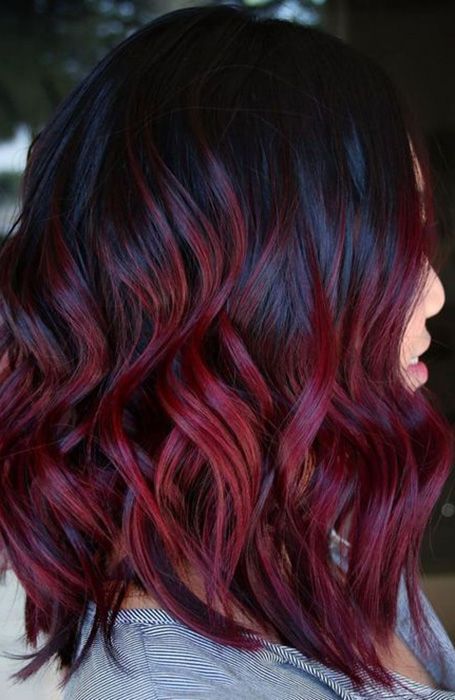
Today, naturally red hair is most common in Ireland, Scotland, and the coastal regions of Scandinavia. In addition, it is highly likely that red hair first was common in Norway and then appeared in the early Celtic population due to Viking conquests in the 8th-11th centuries.
Because red hair is a recessive trait, which means that there is no risk of having it even though one is naturally predisposed to it, those who have red hair were always the subjects of superstitious beliefs. There were associated with loathed biblical characters such as Cain or Judas Iscariot, accused of heresy, or actually considered poor or lascivious.
Nowadays, although red-haired children still suffer violence, attitudes have largely changed. Women with red hair are often thought to be fiery, exciting, sexy, and unpredictable, which is why it’s such a popular hair dye choice.
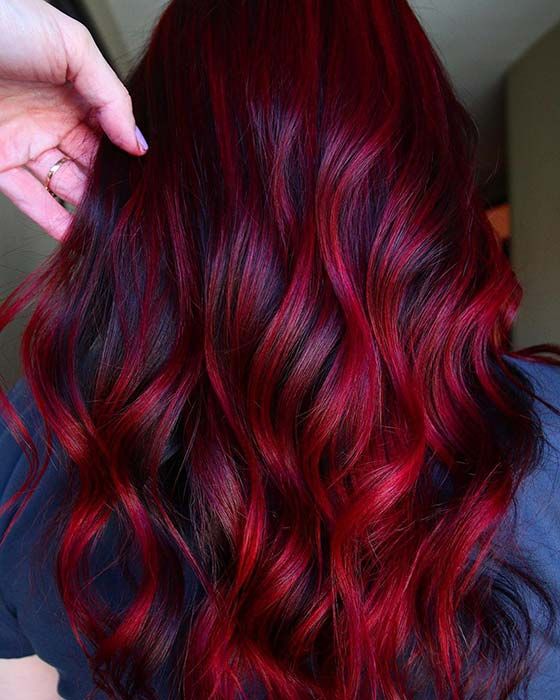
Dictionary for red hair: all shades of red hair
Red hair is available in a variety of forms and these are all different shades of red hair you should think of.
Shades of Hot Red Hair
There are also warm red hair colors among them that are orange and yellow. If the red hair looks normal, it will certainly work on the pale, cool skin, but the tougher shades appear to be the most powerful on the warmer skin.
Red Hair Bright Copper
Copper hair is the classic red hair that comes first in memory, but this hue seldom occurs naturally, if a natural redhead is born, and a deft hair colorist will help. It’s a warm, bright red shade with a lot of oranges – think Merida of Brave ‘s movie. The color of red hair is fun and spunky and fits better for people with fair skin.
